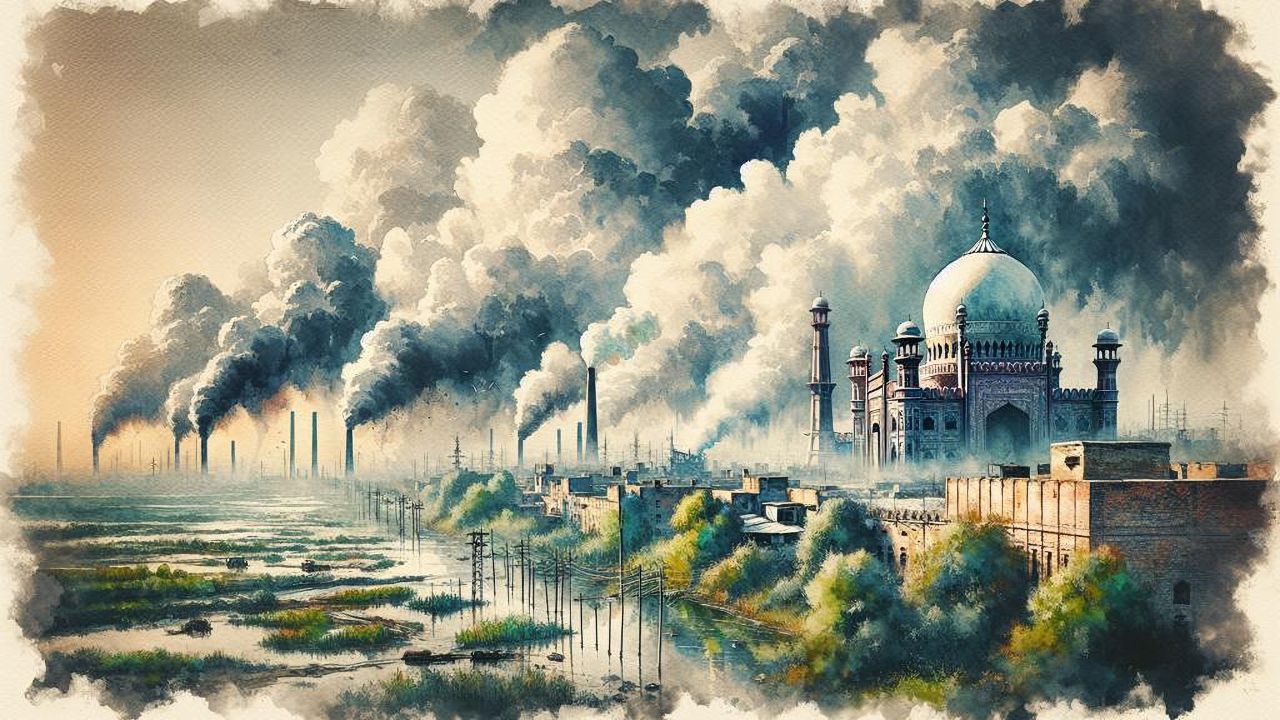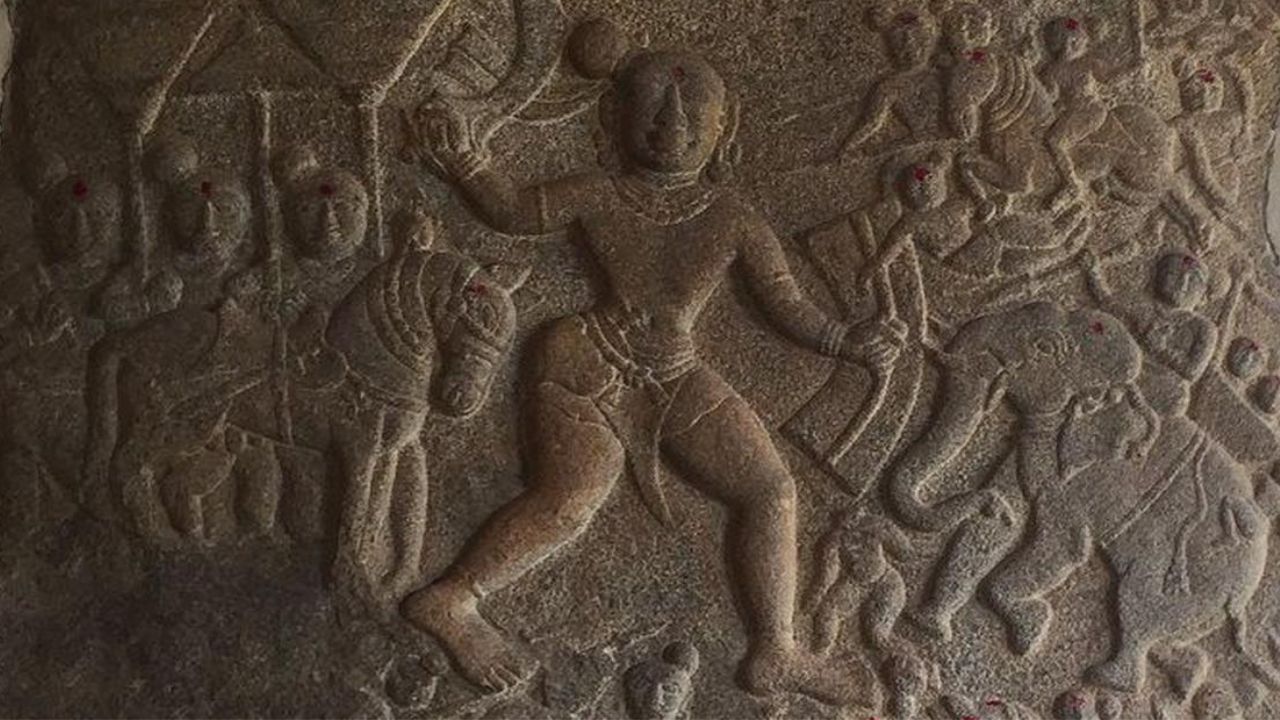
Loss of Life
Read More
Sanity Break #1
This may be one of the prettiest immersive lessons in art history we have seen: an introduction to classical Japanese paintings on nature from the Metropolitan Museum of Art, New York.

Headlines that matter
Check out this edition for the most important stories from around the world today!

Sanity Break #2
This may be the funniest vid of two straight men kissing… well, kinda kissing. That’s late night TV host Seth Meyers and SNL comedian Will Forte. TBH, you don’t have to know either to appreciate the insanity of it all.

Weekend advisory
From the latest releases to thought-provoking and lively reads, we’ve sorted your weekend just so you won’t miss us too much!

Feel Good Place
Need an immediate pick-me-up? We have you covered! From hilarious animal clips to stuff that’ll make you go “lol why?!”, we have all you need to keep you sane on even your worst hair day.






